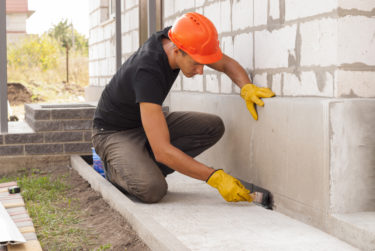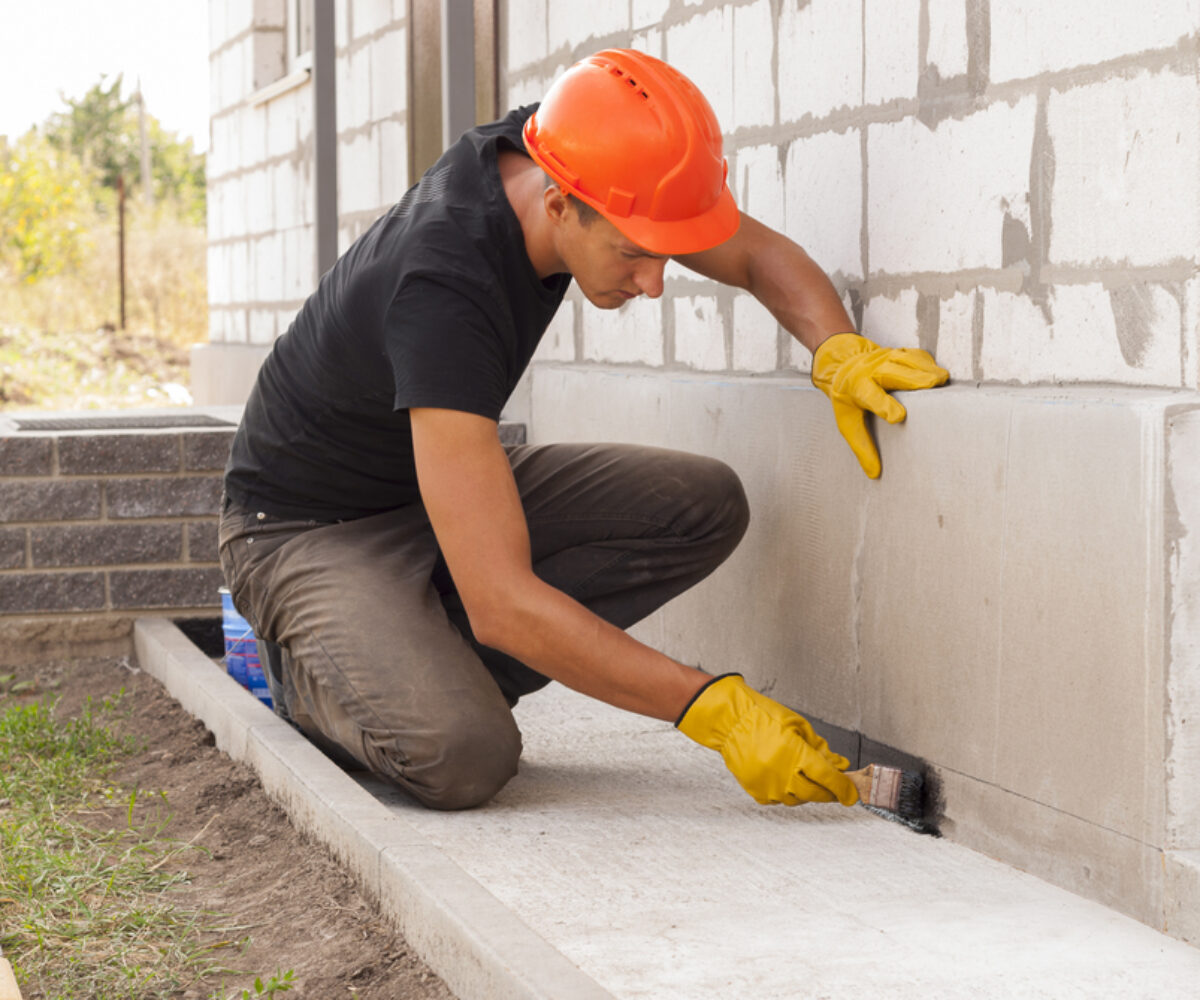4 Common Questions About Basement Foundations

How do you know if your home’s foundation is at risk of being compromised? Performing an inspection of the home twice yearly helps ensure that you’ll identify potential issues before they reach crisis stage . The best place to start your assessment: the basement.
1. What am I looking for?
Look for cracks in in the concrete, in both the interior and exterior foundation walls. Hairline cracks and those of an 1/8″ or less needn’t be dealt with immediately, but should be monitored for possible expansion. Cracks measuring 1/4″ or wider, on the other hand, should NOT be ignored, as they may indicate an underlying structural problem with the home. Contact a qualified foundation expert to assess any potential damage and prescribe needed mitigation.
2. Why are concrete cracks such a big deal?
The insidious nature of concrete cracks can allow water to enter the basement–the bigger the cracks, the greater the potential for water intrusion, which can expand the soil and further compromise the structural integrity of the home. After rainstorms, check the basement of your home for signs of pooling water or water seepage. Be sure to check to the home’s exterior, as well, for any pooling of water near the foundation walls. If water is pooling near the foundation walls on the exterior of the home, additional grading may need to be done to increase the slope away from the home. For water found in the interior of the basement, mark the water’s entrance point(s), and later–once the concrete a had a chance to dry out a bit–it will be easier to identify the source of the leak (if it’s not already obvious to the naked eye). If further investigation is required to determine the source of water intrusion, conduct a simple condensation test: dry an area of the wall with a rag and then attach a one-foot square piece of aluminum foil to the wall with duct tape. Peel off the foil after 24 hours and check how the underside of the foil feels. If it is wet, water is seeping through the wall from the outside.
3. Is water the only hazardous substance that can enter through cracks?
Concrete cracks also provide an open invitation to subterranean termites, which are found throughout the continental United States. These pests build their colonies underground and enter homes through cracked or unsealed foundations as well as through tunnels constructed from a mud-like substance, which appear as brown, dry, and cylindrical in appearance. If you suspect termite activity in your home, call a pest control company immediately, as these tiny pests can do untold damage if left unchecked.
4. What can done if cracks are already present in my home’s foundation?
Small cracks may be easily filled with hydraulic cement, which contains additives that cause the cement to expand and set rapidly. The compound–found in most home improvement stores–is mixed with water to a heavy putty consistency and then pressed into cracks with gloved fingers or with a putty knife (follow mixing and application directions). As hydraulic cement expands, it pushes deep into cracks and crevices to form a watertight bond. Mix only as much as you can use within three minutes, as that’s how quickly it begins to set.
To treat seeping concrete walls, apply two thick coats of waterproof masonry paint such as DRYLOK Textured Waterproofer on dry, bare concrete walls. When completely dry, the sealant forms a watertight bond to prevent additional moisture from seeping through. A five-gallon container treats approximately 500 square feet of wall. Do nothing to seal cracks, however, until the basement is completely dry and free from moisture and water.
Don’t let cracks get the best of you!
We can help assess trouble spots in your basement and schedule the right subcontractors for the job to ensure that your basement stays dry, should the scope of work be outside of your DIY skill-set. Then–once the moisture issues are resolved and you’re ready to finish your basement, we’re here to work with you to design a space that ideally suits your lifestyle and budget.
We’ve been in the home-building business in the Denver metro area and in northern Colorado for over forty years, and have the experience and expertise to bring your home visions to fruition! Call today for a no-obligation consultation: 303-420-0056.

